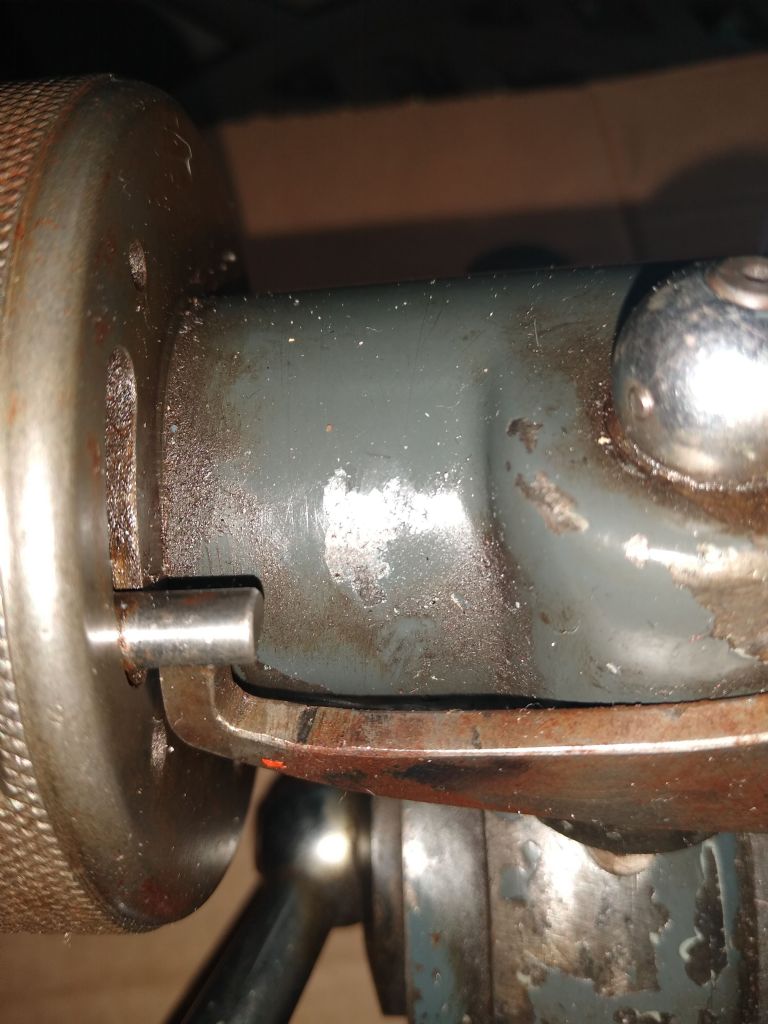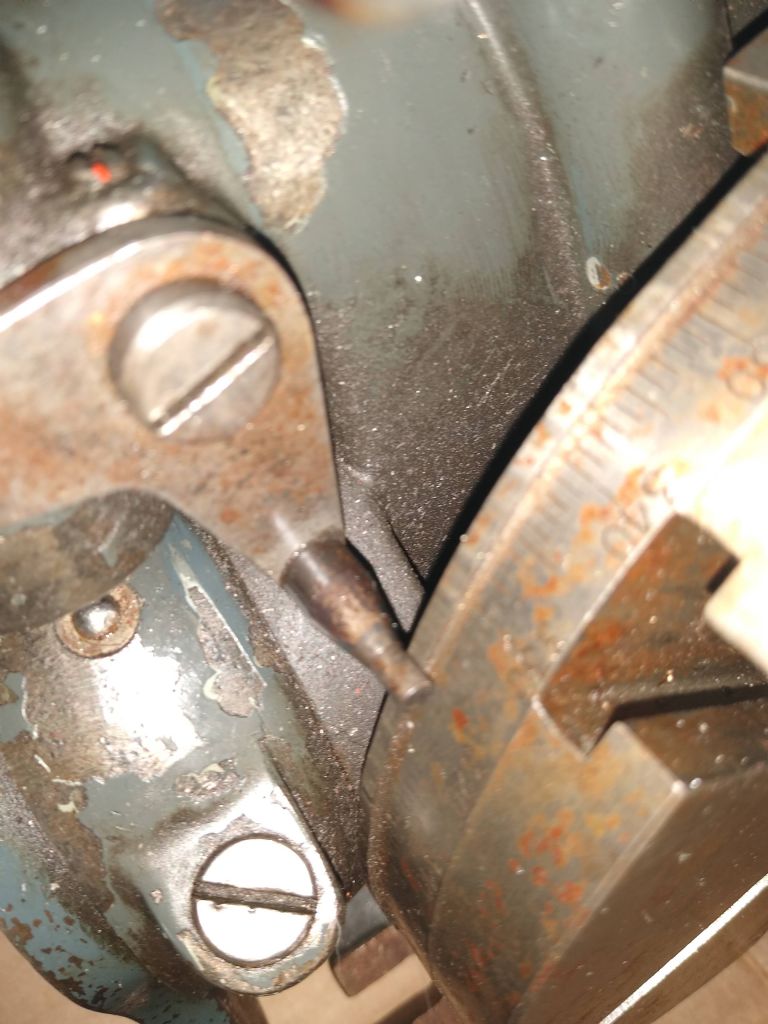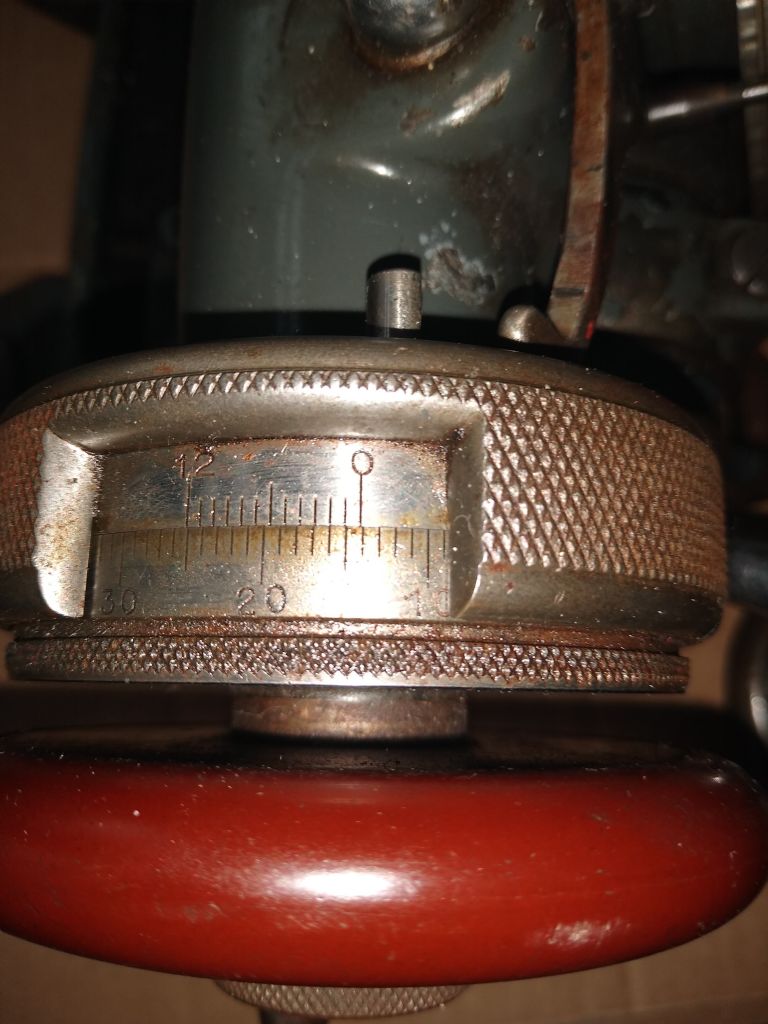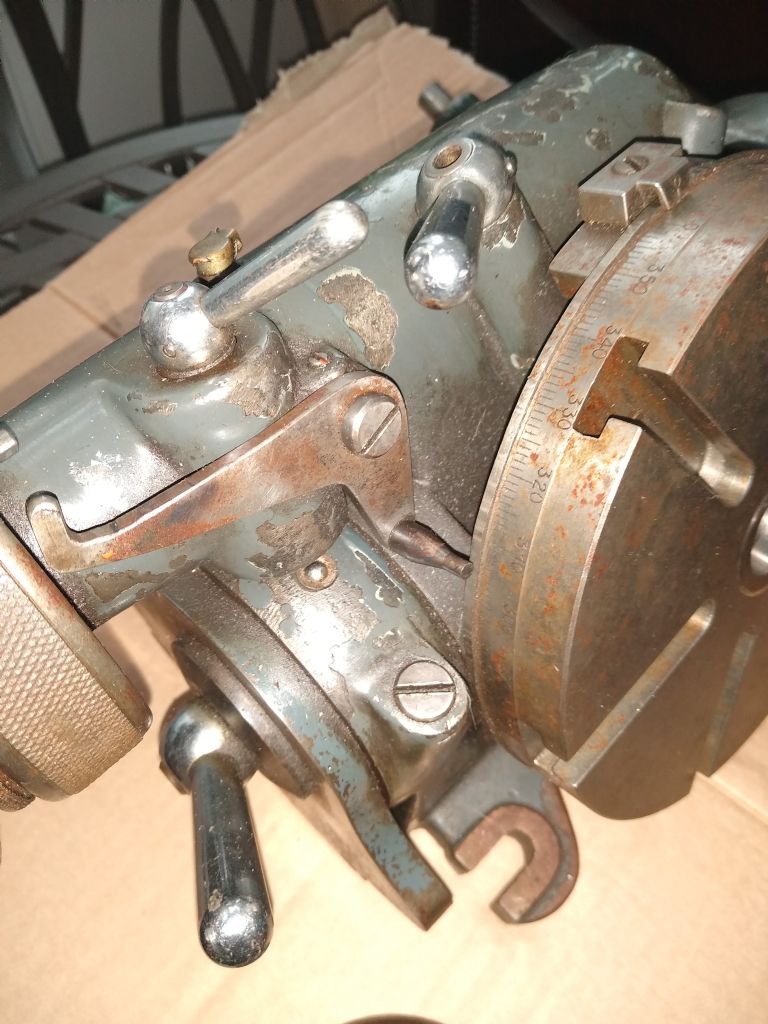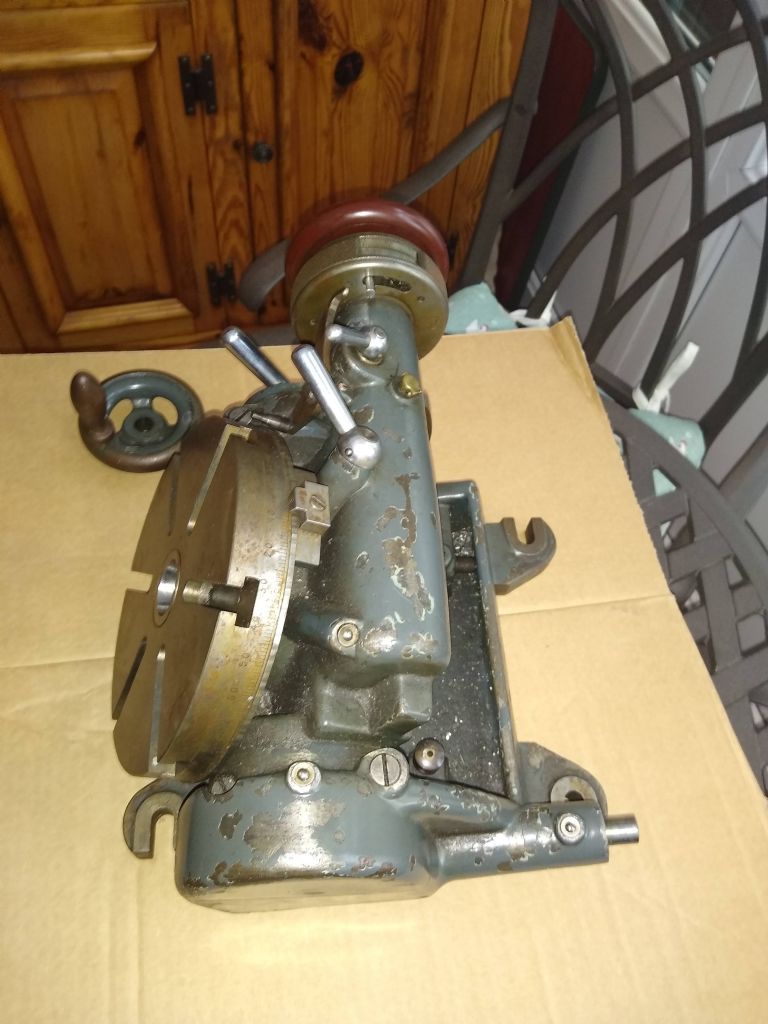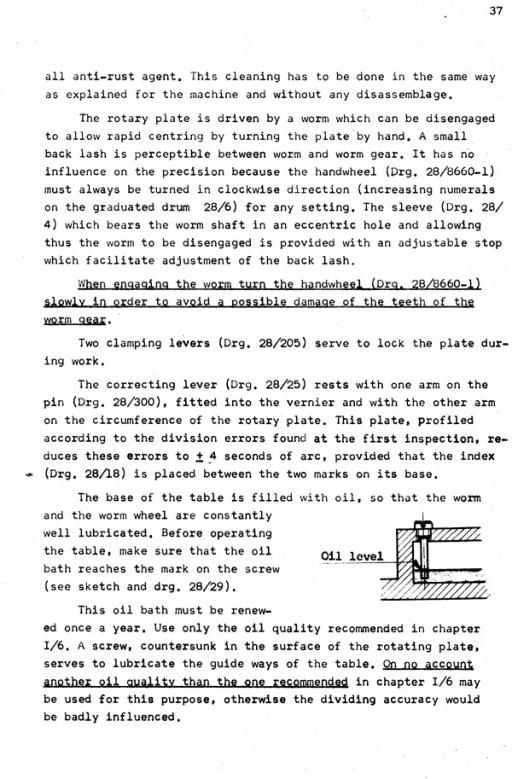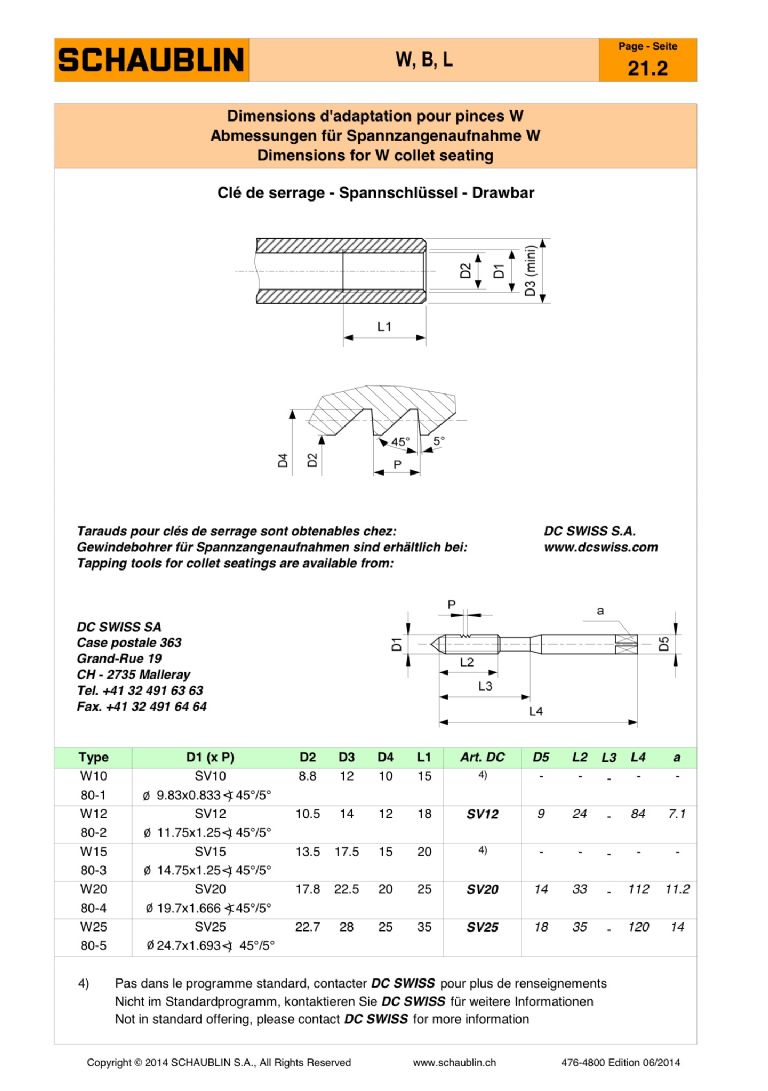A fine find!
I've not seen a rotary table like that but as you say the level's detent engages notches on the table, my first guess is this is some form of spin-indexing arrangement, used with the the worm-drive.disengaged.
The fact that it also engages a pin on the scale is more puzzling. It might allow a dividing function, of sorts. The Vernier scale, 1-12, would I think give 5' of arc definition, not 5" as you suggest, if the main scale is in 1º steps.
However, the table notches do not look very distinct at all, not enough to lock the table. They seem almost shallow enough to act as cams, and the lever is not ever so substantial, so does this arrangement actually drive the scale from rotating the table by hand, with its normal worm-gear disengaged? If so, it might give an angle measurement finer than the table scale – though that's a very elaborate way to do what would be possible with a Vernier scale on the table!
Best thing really, is to place a big mug of tea, a pencil and notebook, next to the device on the table, and experiment with it manually to see what happens when you rotate things.
Looking at it overall, I'd suggest the various handles:
– lock the tilt function driven by the worm-shaft at the opposite end,
– engage / disengage the table-driving worm to allow rapid positioning and spin-indexing or dividing.
– lock the table itself.
The lever nearest the hand-wheel seems to lock a plate having an elegantly curved "ear". That won't be ornament but it is hard to determine its purpose, unless it is a short lever to move the table worm in and out of engagement; once you've released its locking-lever..
.
This looks to be a high-quality, high-precision tool that has had a busy life but in careful hands – no 'orrible 'oles in the table, etc. – perhaps in an instrument-making or a prototyping workshop; or on a large engraving-machine.
Or had been used in a laboratory for aligning test-pieces or parts of the measuring-system in elevation and azimuth.
Strange and rather sad that it has lost its name-plate though! As for restoring it fully, it does look very conveniently like Myford Grey!
Adam Harris.


